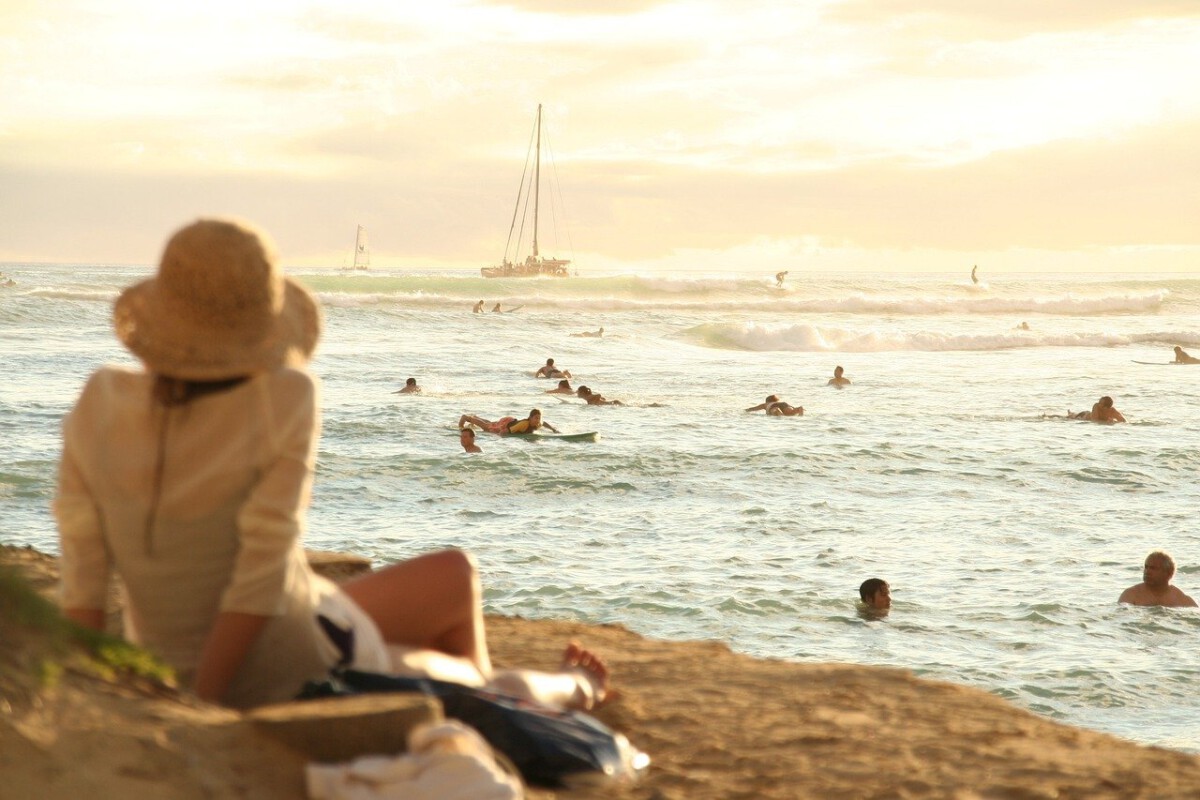The Spark That Ignited a Movement

Picture thirteen brave souls stepping onto two buses in Washington D.C. on a spring morning in 1961, knowing they might not survive the journey. The original group of 13 Freedom Riders—seven African Americans and six whites—left Washington, D.C., on a Greyhound bus on May 4, 1961. Their plan was to reach New Orleans, Louisiana, on May 17 to commemorate the seventh anniversary of the Supreme Court’s Brown v. Board of Education decision. What started as a simple bus ride would become one of the most powerful demonstrations of courage in American history. Freedom Riders were civil rights activists who rode interstate buses into the segregated Southern United States in 1961 and subsequent years to challenge the non-enforcement of the United States Supreme Court decisions Morgan v. Virginia (1946) and Boynton v. Virginia (1960), which ruled that segregated public buses were unconstitutional. The government had the laws on paper, but the South was ignoring them completely.
The Journey into Hell Begins
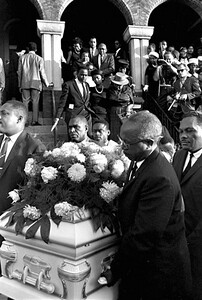
The group traveled through Virginia and North Carolina, drawing little public notice. The first violent incident occurred on May 12 in Rock Hill, South Carolina. John Lewis, a young seminary student, was among those brutally attacked just for trying to enter a whites-only waiting room. Think about that for a moment – these weren’t soldiers going to war, they were students and activists armed with nothing but determination and a belief in justice. The violence they faced would only get worse as they traveled deeper into the South. The beating of Lewis and another rider, coupled with the arrest of one participant for using a whites-only restroom, attracted widespread media coverage. Media attention was exactly what they needed to expose the reality of segregation to the nation.
A Prophetic Warning Goes Unheeded
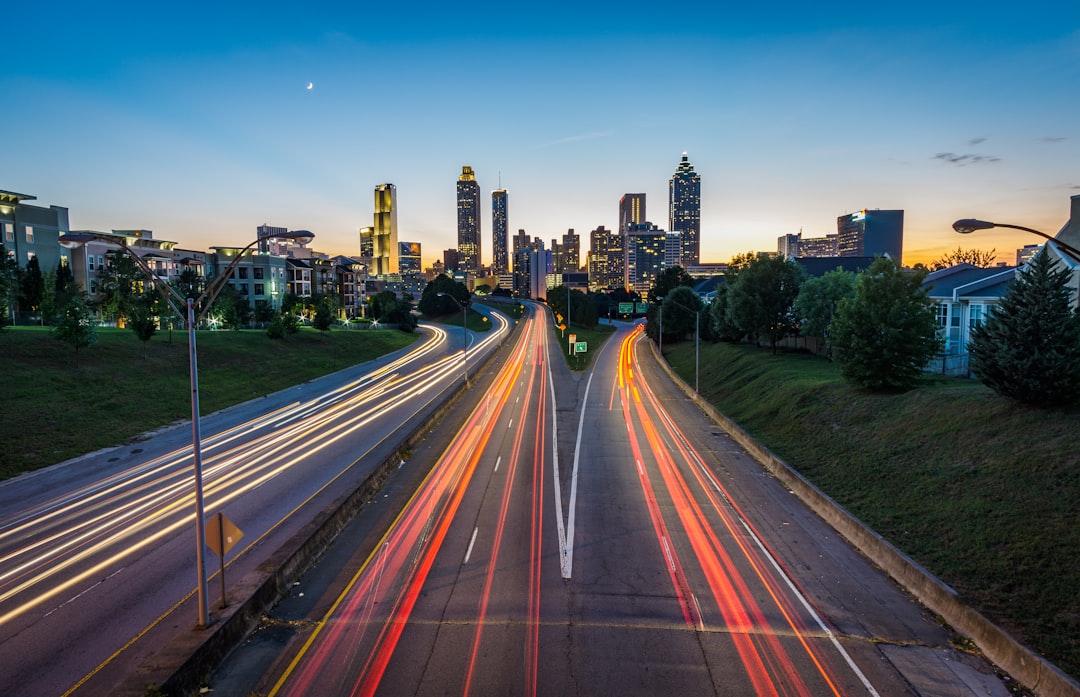
In Atlanta, something chilling happened that would prove all too prophetic. In the days following the incident, the riders met King and other civil rights leaders in Atlanta for dinner. During this meeting, King whispered prophetically to Jet reporter Simeon Booker, who was covering the story, “You will never make it through Alabama”. Martin Luther King Jr. knew what awaited them in Alabama, yet the Freedom Riders pressed on anyway. It’s one thing to face danger when you don’t know it’s coming – it’s another thing entirely to walk straight into it with your eyes wide open. The riders were fully aware that Alabama would be their greatest test, but they refused to turn back. Their courage in the face of certain violence is what transformed a simple bus ride into a legendary act of resistance.
The Day Alabama Exploded
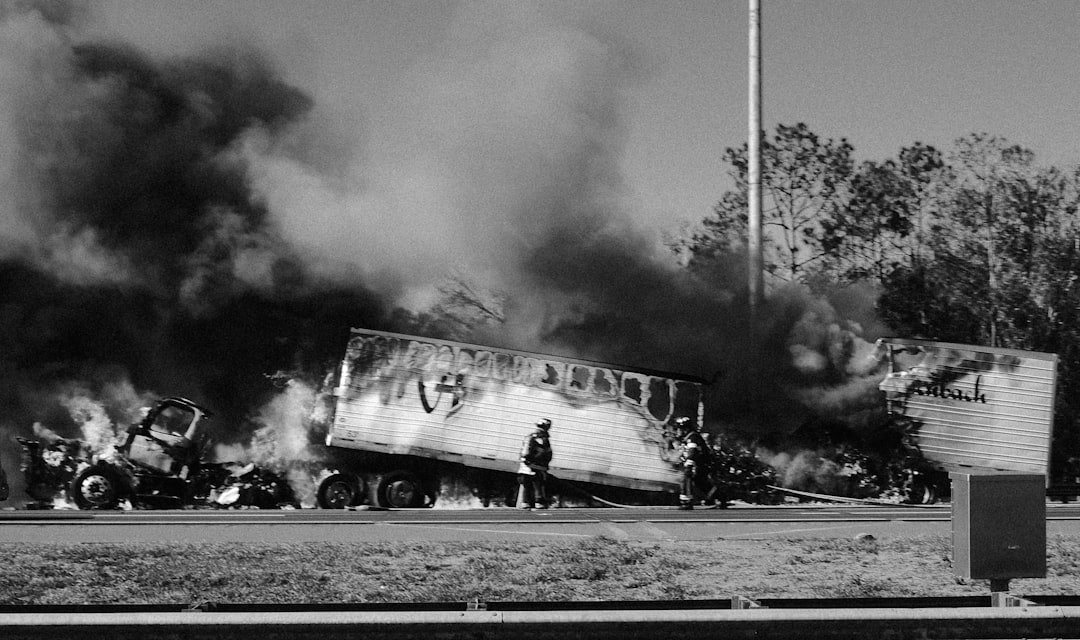
The ride continued to Anniston, Alabama, where, on 14 May, riders were met by a violent mob of over 100 people. Before the buses’ arrival, Anniston local authorities had given permission to the Ku Klux Klan to strike against the freedom riders without fear of arrest. Imagine the horror – the police actually gave the KKK permission to attack innocent people exercising their constitutional rights. One of the buses was firebombed, and its fleeing passengers were forced into the angry white mob. The images of that burning bus became one of the most powerful symbols of the civil rights movement. On May 14, upon stopping outside Anniston to change a slashed tire, one bus was firebombed and the Freedom Riders were beaten. Arriving in Birmingham, Alabama, the second bus was similarly attacked and the passengers beaten.
When Law Enforcement Chose Sides
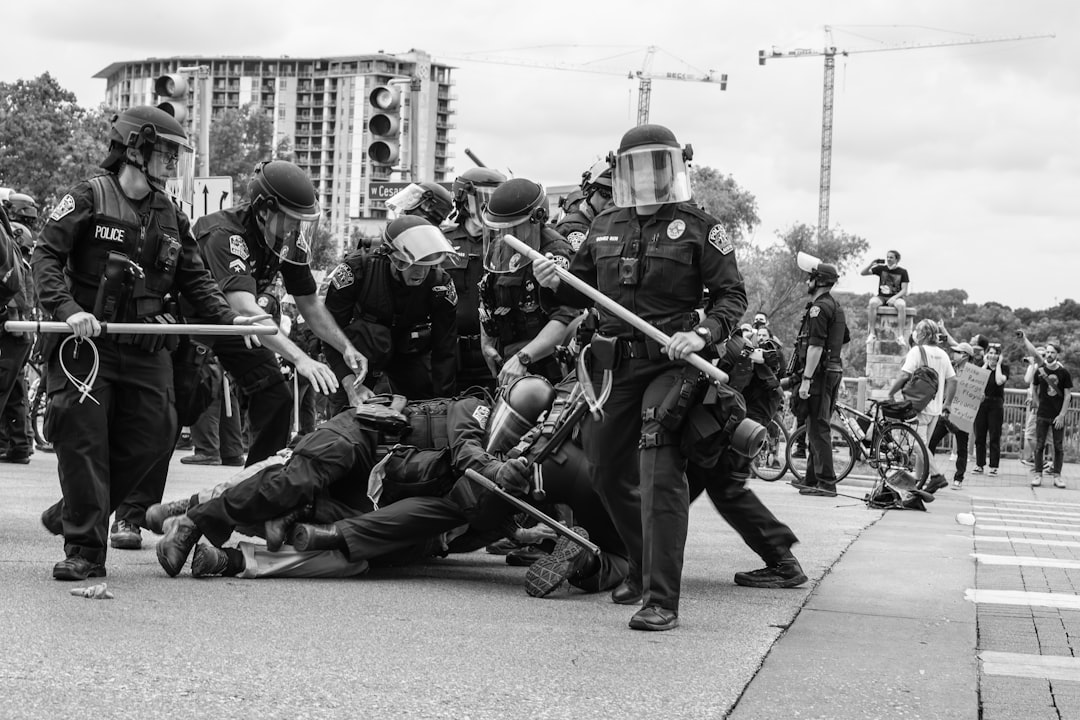
What happened next revealed the true depth of institutional racism in the South. The violence continued at the Birmingham terminal where Eugene “Bull” Connor’s police force offered no protection. Bull Connor, Birmingham’s notorious police commissioner, essentially gave a green light to the mob violence. In both cases law enforcement was suspiciously late in responding, and there were suspicions of collusion in that late response. This wasn’t just individual racism – this was systematic, government-sanctioned violence against American citizens. The police were supposed to protect people, not hand them over to angry mobs. When those sworn to uphold the law actively participate in breaking it, you know the system is fundamentally broken.
A Movement Nearly Dies
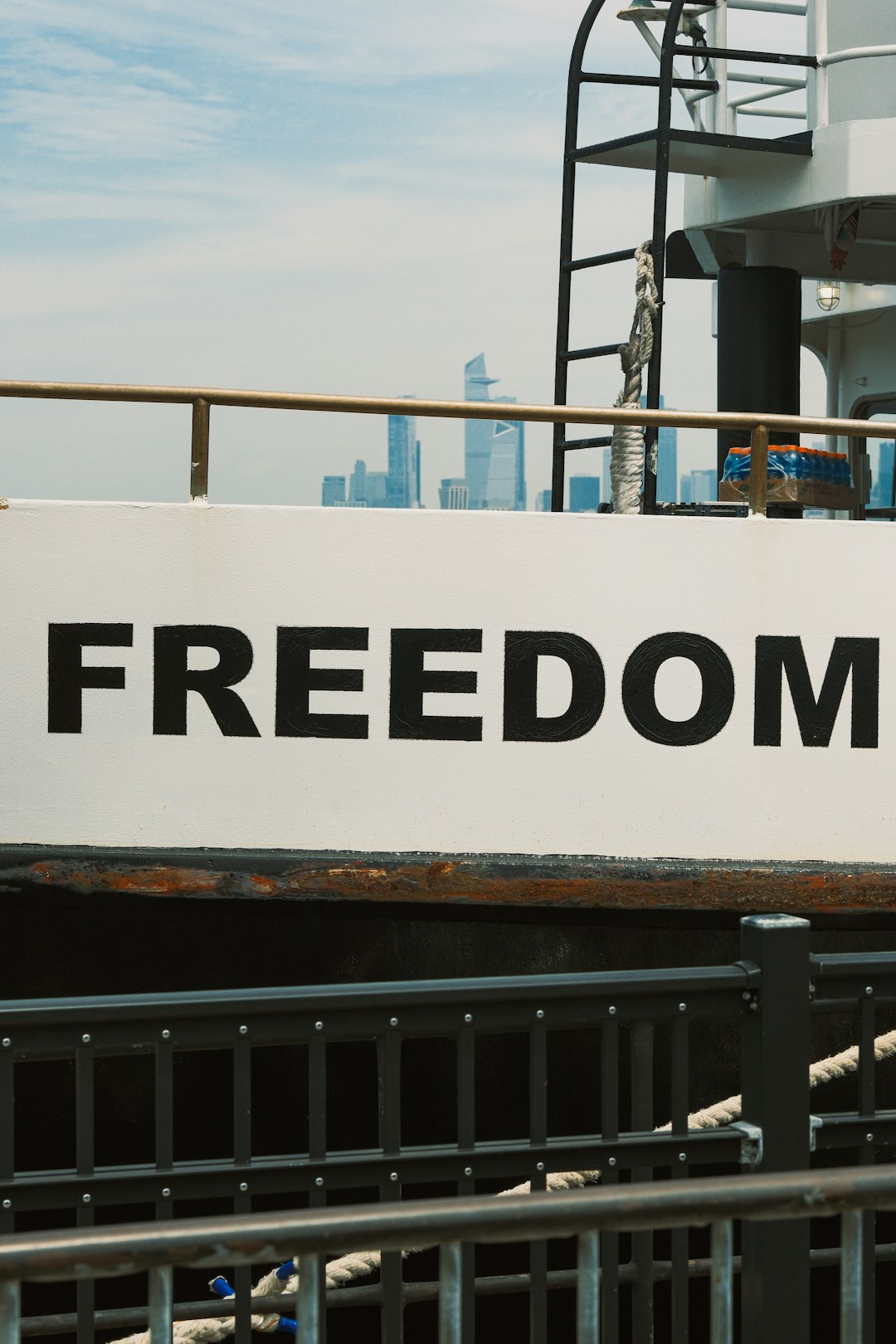
The violence was so brutal that it almost killed the Freedom Rides before they could accomplish their mission. Although the violence garnered national media attention, the series of attacks prompted James Farmer of CORE to end the campaign. The riders flew to New Orleans, bringing to an end the first Freedom Ride of the 1960s. James Farmer, the leader of the original ride, decided enough was enough. Can you blame him? His riders had been beaten, firebombed, and terrorized, all while law enforcement looked the other way. Flying to New Orleans seemed like the only sensible option. But sometimes the most sensible option isn’t the right one. The civil rights movement was at a crossroads – would they let violence stop them, or would they find a way to continue?
Young Voices Refuse to Give Up
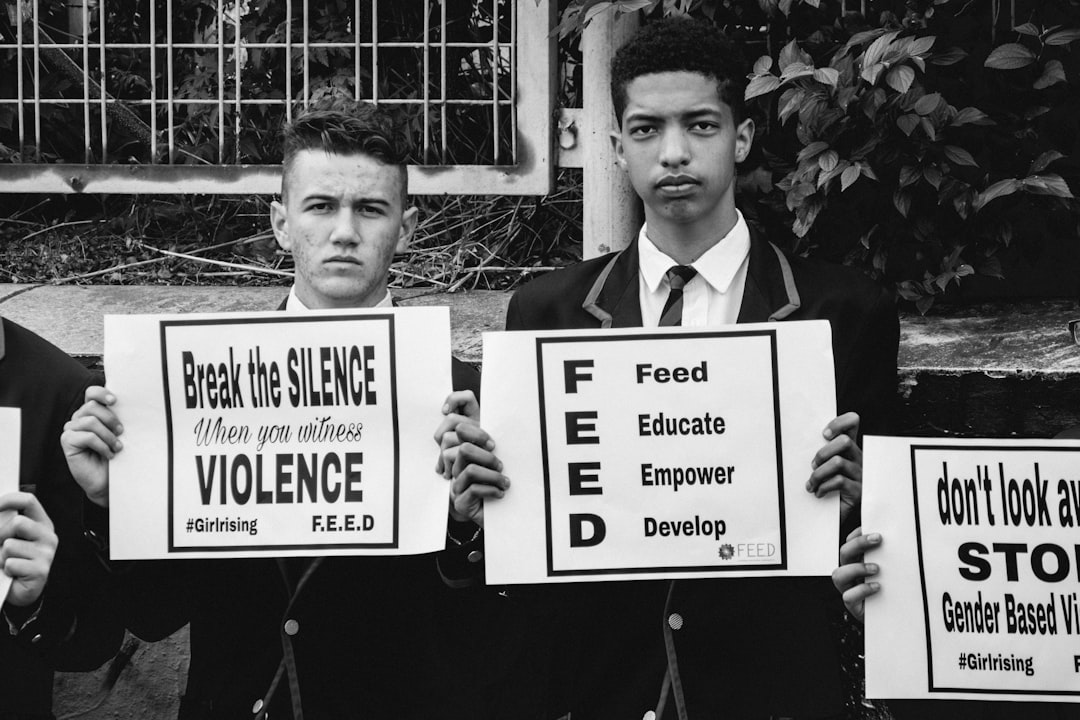
That’s when the youth stepped up in a way that would define the entire civil rights movement. The decision to end the ride frustrated student activists, such as Diane Nash, who argued in a phone conversation with Farmer: “We can’t let them stop us with violence. If we do, the movement is dead”. Diane Nash, barely out of her teens, understood something that even experienced leaders like James Farmer struggled with – giving in to violence would signal to segregationists everywhere that terror worked. Under the auspices and organizational support of SNCC, the Freedom Rides continued. The Student Nonviolent Coordinating Committee picked up where CORE had left off. Young people, many still in college, were willing to risk everything for justice.
The Federal Government Finally Acts
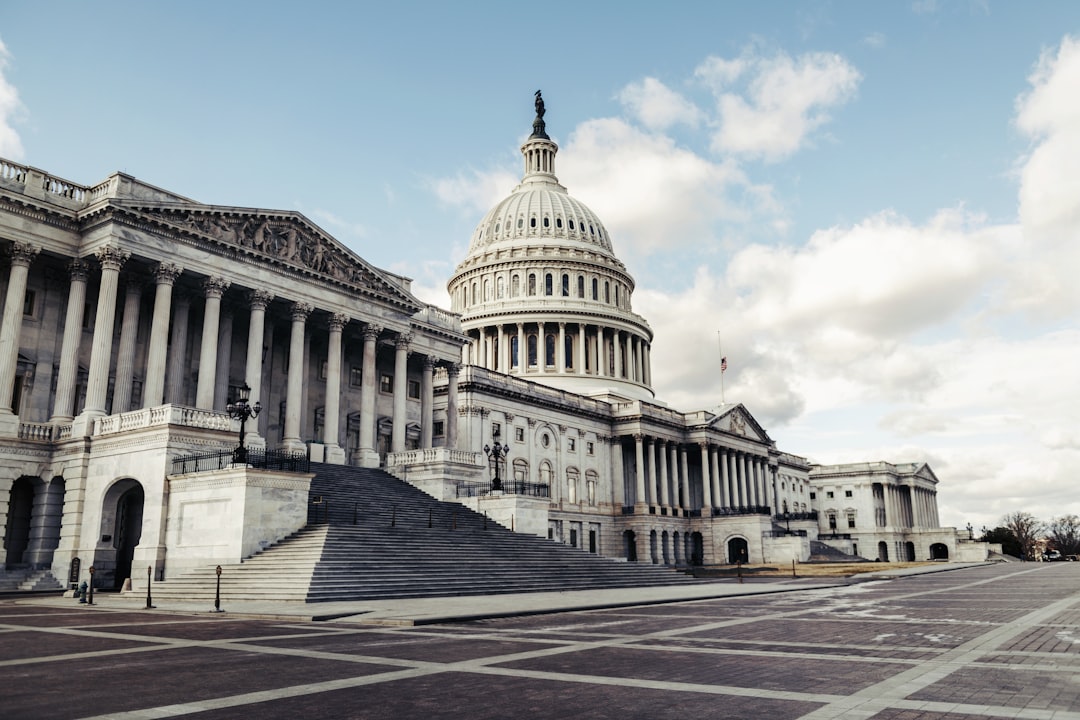
The violence had become so extreme that even the federal government couldn’t ignore it anymore. Federal intervention began to take place behind the scenes as Attorney General Robert Kennedy called the Greyhound Company and demanded that it find a driver. Attorney General Robert Kennedy had to personally intervene just to get a bus driver willing to take the Freedom Riders further south. Think about how incredible that is – the brother of the President of the United States had to make phone calls to a bus company because local authorities refused to do their jobs. Undeterred by being arrested in Birmingham and transported back to Tennessee, the new Freedom Riders returned to Birmingham and, at the behest of U.S. Attorney General Robert F. Kennedy, secured a bus and protection from the State Highway Patrol as they traveled to Montgomery, Alabama.
Victory Through Persistence
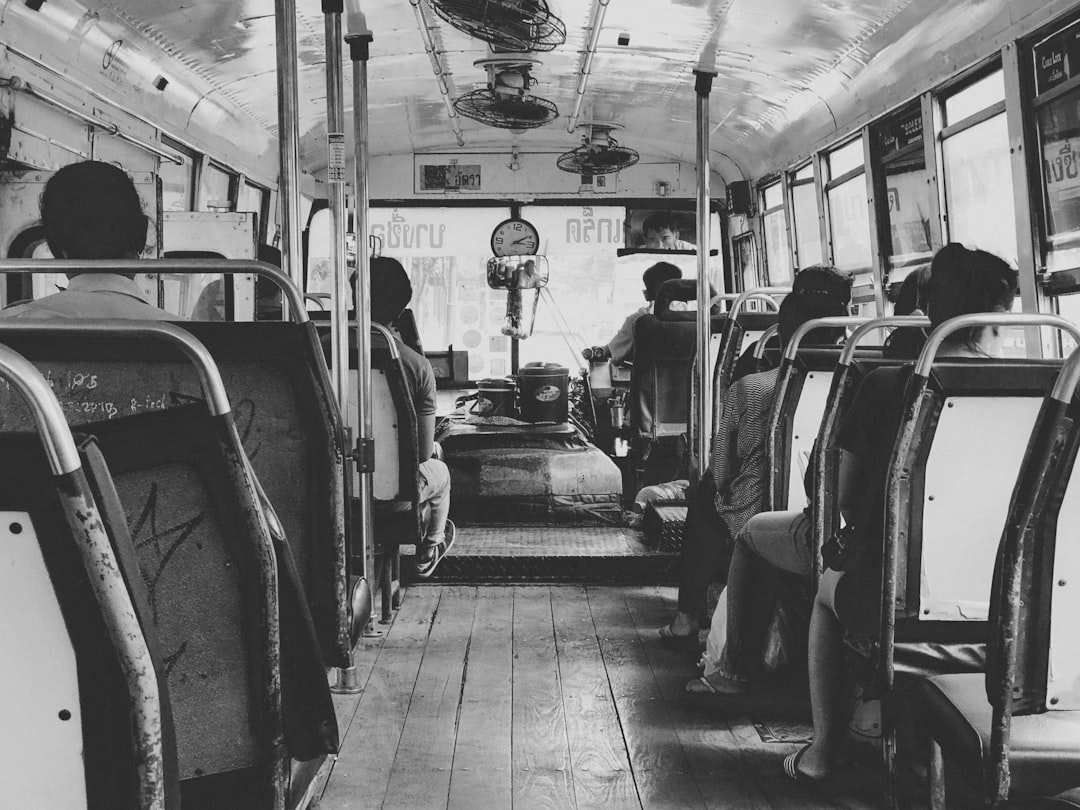
The Freedom Riders’ persistence finally paid off in a way that changed America forever. On September 22, 1961, the ICC commissioners finally issued a unanimous ruling outlawing discrimination in interstate bus transit, “endorsing virtually every point in the attorney general’s petition”; “The ICC order also required bus operators to report any attempts to interfere with the new regulations and provided fines of up to $500 for each violation. The obligation to report interference within 15 days of an incident pertained to governmental as well as individual violators, a provision that would prove crucial to enforcement in the months to come.” This wasn’t just a symbolic victory – it was a concrete legal change that would affect millions of Americans. The ICC ruling took effect on November 1, 1961, officially ending segregated interstate transportation. The Freedom Riders had accomplished what years of legal challenges had failed to do.
The Diverse Face of Courage
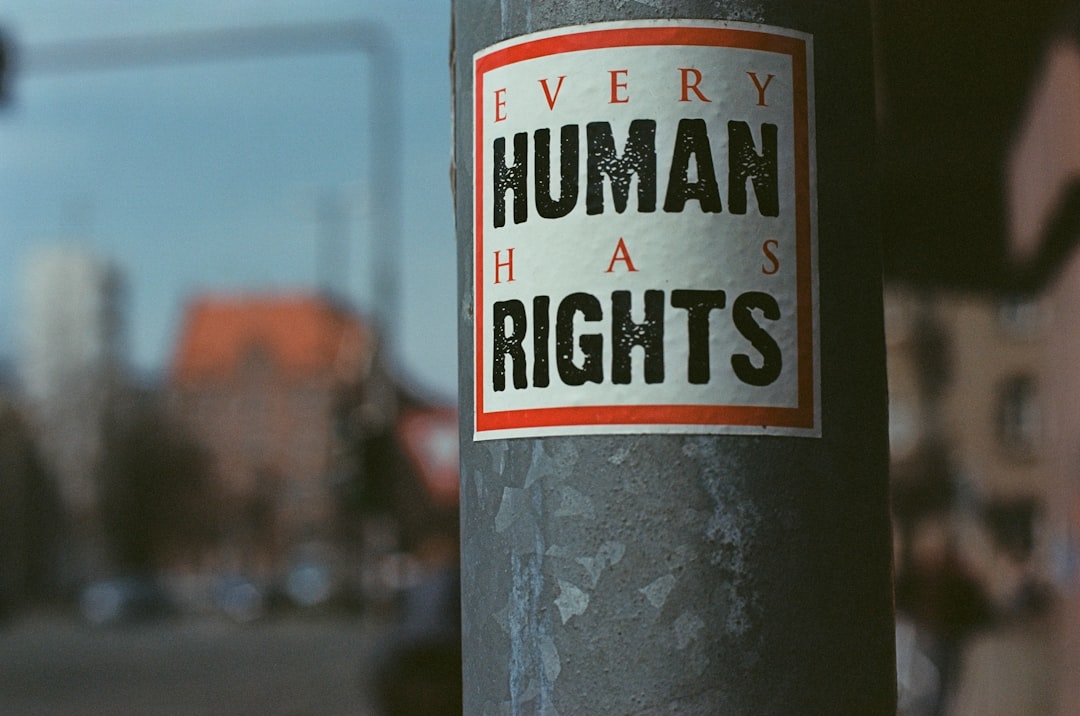
One of the most remarkable aspects of the Freedom Rides was how diverse the participants actually were. Scholars insist that the Freedom Riders were more diverse than a lot of Americans of the time generally considered them to be: they were far from being solely composed of “idealistic but naive white activists from the North”. In fact, “Black activists born and raised in the South accounted for six of the original 13 Freedom Riders and approximately 40 percent of the 400+ Riders who later joined the movement.” This challenges the common misconception that the civil rights movement was driven primarily by Northern activists coming South to stir up trouble. Southern Black Americans were leading their own fight for freedom, often at much greater personal risk than their Northern counterparts. Over 400 people eventually participated in the Freedom Rides, representing a true cross-section of American society united in the cause of justice.
A Living Legacy Continues Today
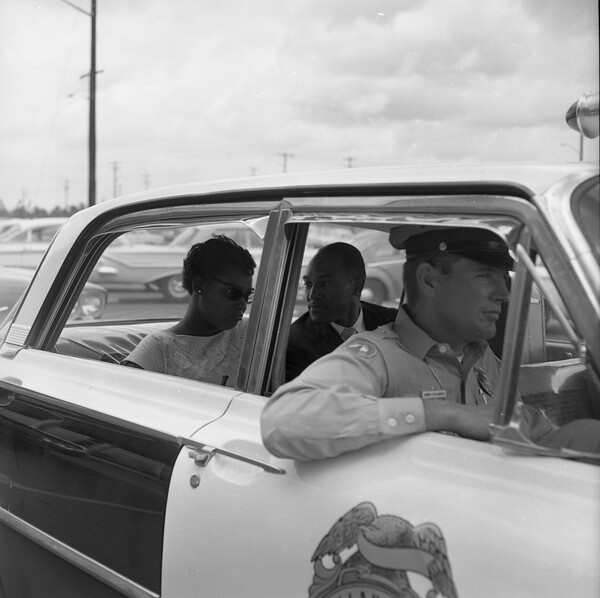
The story of the Freedom Riders didn’t end in 1961 – it continues to inspire new generations today. On May 6–16, 2011, 40 college students from across the United States embarked on a bus ride from Washington, D.C., to New Orleans, retracing the original route of the Freedom Riders. The 2011 Student Freedom Ride, which was sponsored by PBS and American Experience, commemorated the 50th anniversary of the original Freedom Rides. Students met with civil rights leaders along the way and traveled with original Freedom Riders such as Ernest “Rip” Patton, Joan Mulholland, Bob Singleton, Helen Singleton, Jim Zwerg, and Charles Person. Charles Person, one of the Civil Rights Movement’s original Freedom Riders, echoed organizers across Georgia when he urged a group of Generation Z and millenial activists to encourage young people to vote. Young leaders from across the country gathered in Atlanta at a conference organized by the New Leaders Council, a nonprofit that encourages civic engagement.
Monuments to Courage
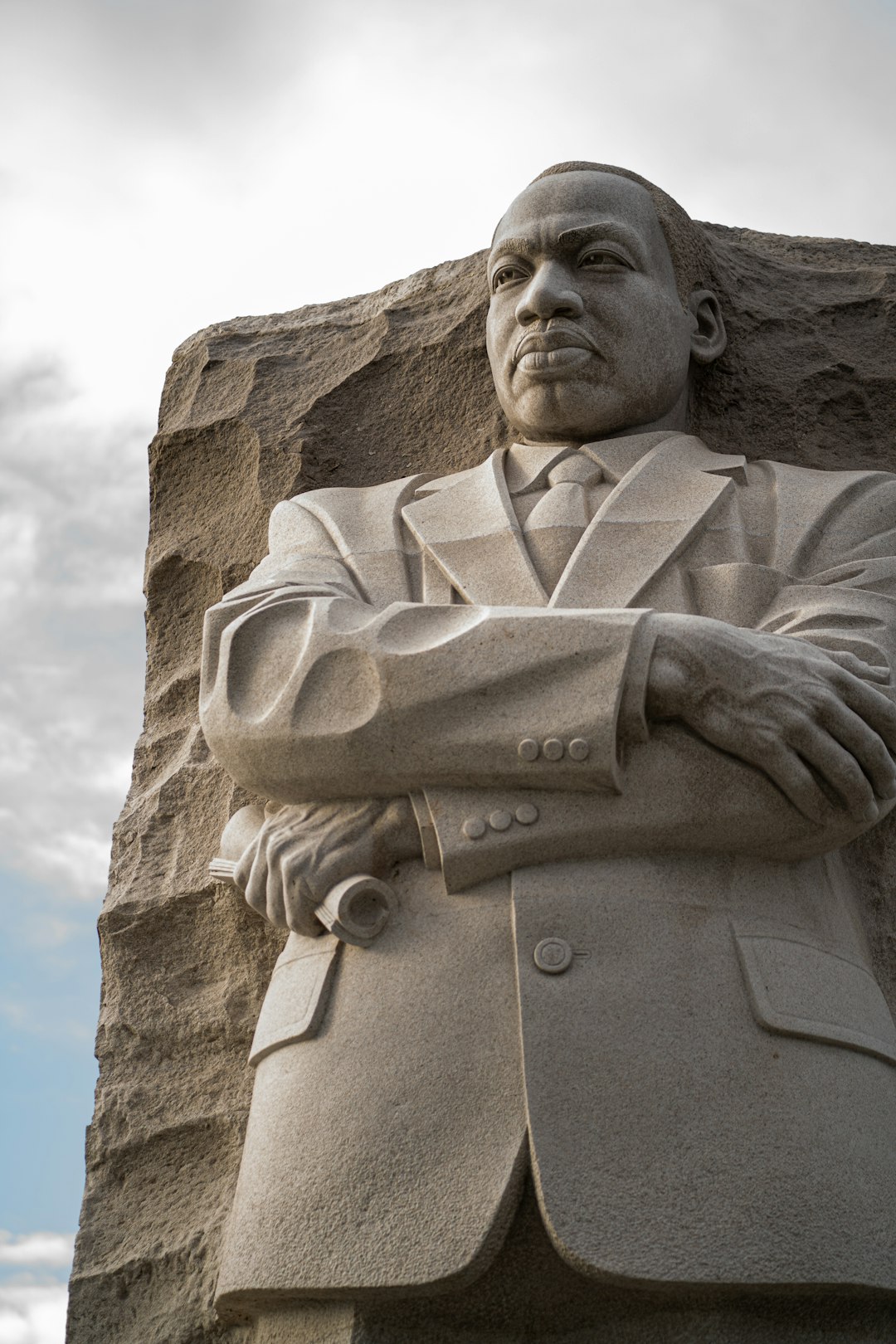
Today, the sacrifices of the Freedom Riders are preserved in permanent monuments across the South. The three national monuments are the Freedom Riders National Monument (AL), the Birmingham Civil Rights National Monument (AL), and the Reconstruction Era National Historical Park (SC). These national monuments were designated by a presidential proclamation signed by President Obama in 2017 to preserve and commemorate sites where significant civil rights events took place. In January, 2017, President Barack Obama declared the Anniston, Alabama bus station the Freedom Riders National Monument. However, these monuments faced an unexpected threat in 2025. The landmark site in Montgomery, Alabama, was deemed “not core to government operations,” and other stops in U.S. civil rights history could also be at risk. They blasted the Trump administration for trying to sell the site and vowed to protect it and the rest of the stops on the Civil Rights Trail that connects more than a dozen states. Fortunately, public pressure saved these irreplaceable pieces of American history.
The Road Trip Revolution
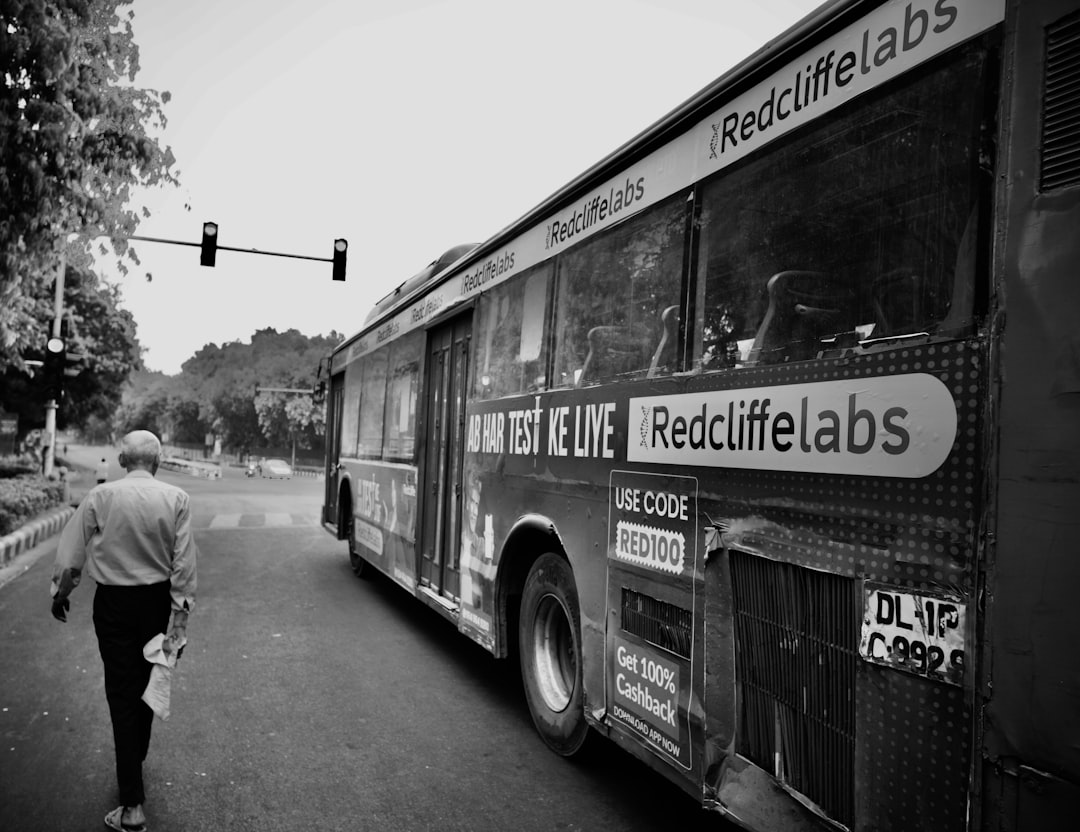
What makes the Freedom Rides so remarkable is that they transformed the simple act of traveling into a form of protest that anyone could understand. Unlike complex legal battles or abstract political arguments, everyone could grasp the basic injustice of being attacked for sitting on a bus. With February serving as Black History Month, I thought this would be a great time to plan out a Civil Rights Road Trip. In less than one week, you can take your family to some of the most revered historical sites in Civil Rights history. Today, families can safely travel the same routes that once required incredible courage to navigate. Modern civil rights road trips have become popular educational experiences, allowing people to walk in the footsteps of heroes. Book your 2025 USA history tour with confidence. Free 3 day booking hold and flexible changes – travel companies now offer organized tours along the Civil Rights Trail.
The Freedom Riders proved that ordinary people could change the world through extraordinary courage. They turned buses into vehicles of change and highways into paths to justice. Their legacy reminds us that progress often requires someone willing to take the first step into the unknown, even when that step leads straight into danger. What would you have done if you were there in 1961?


